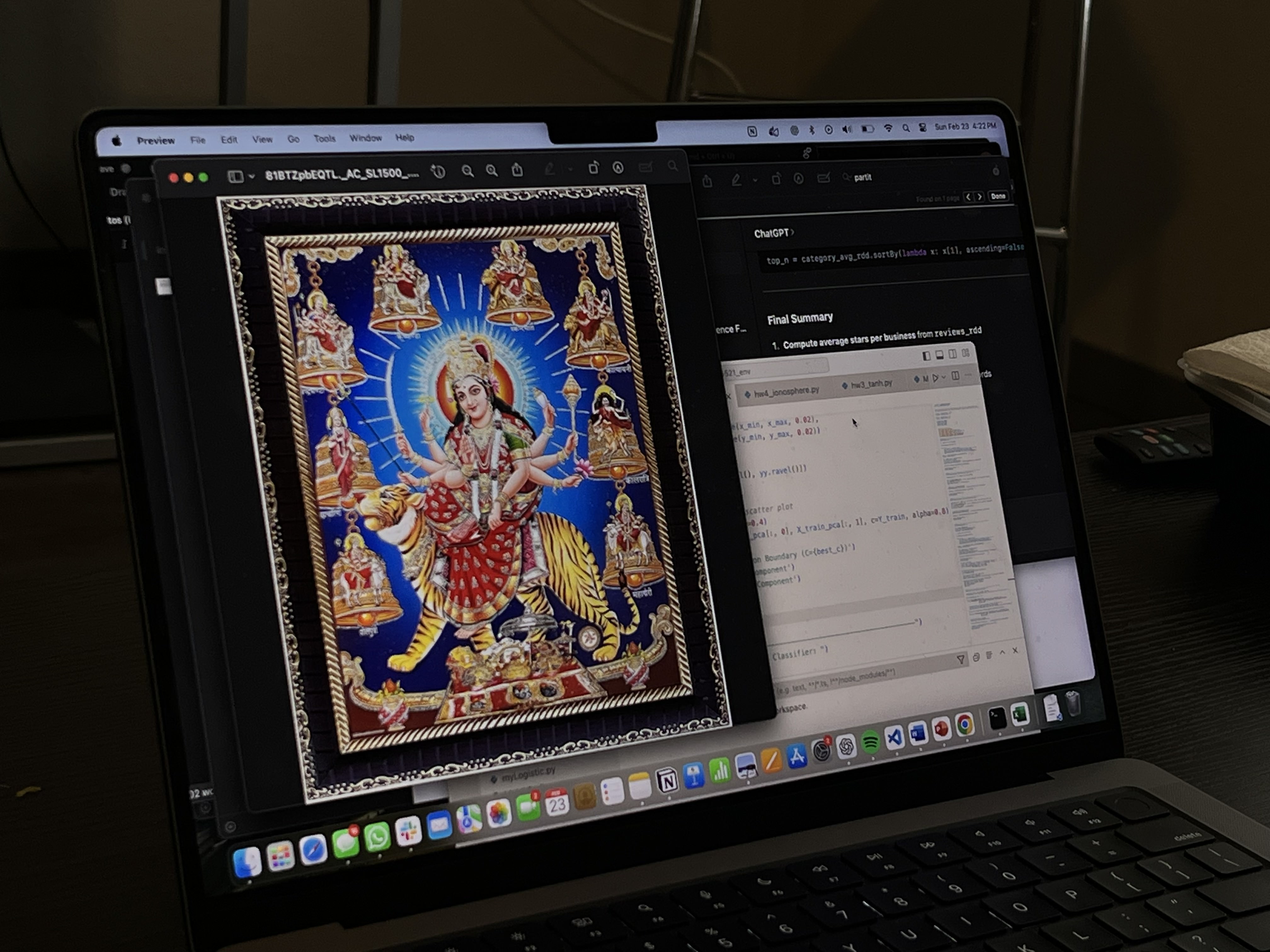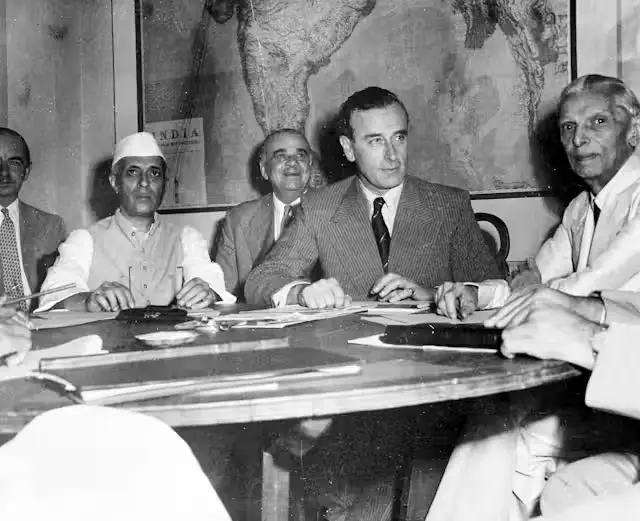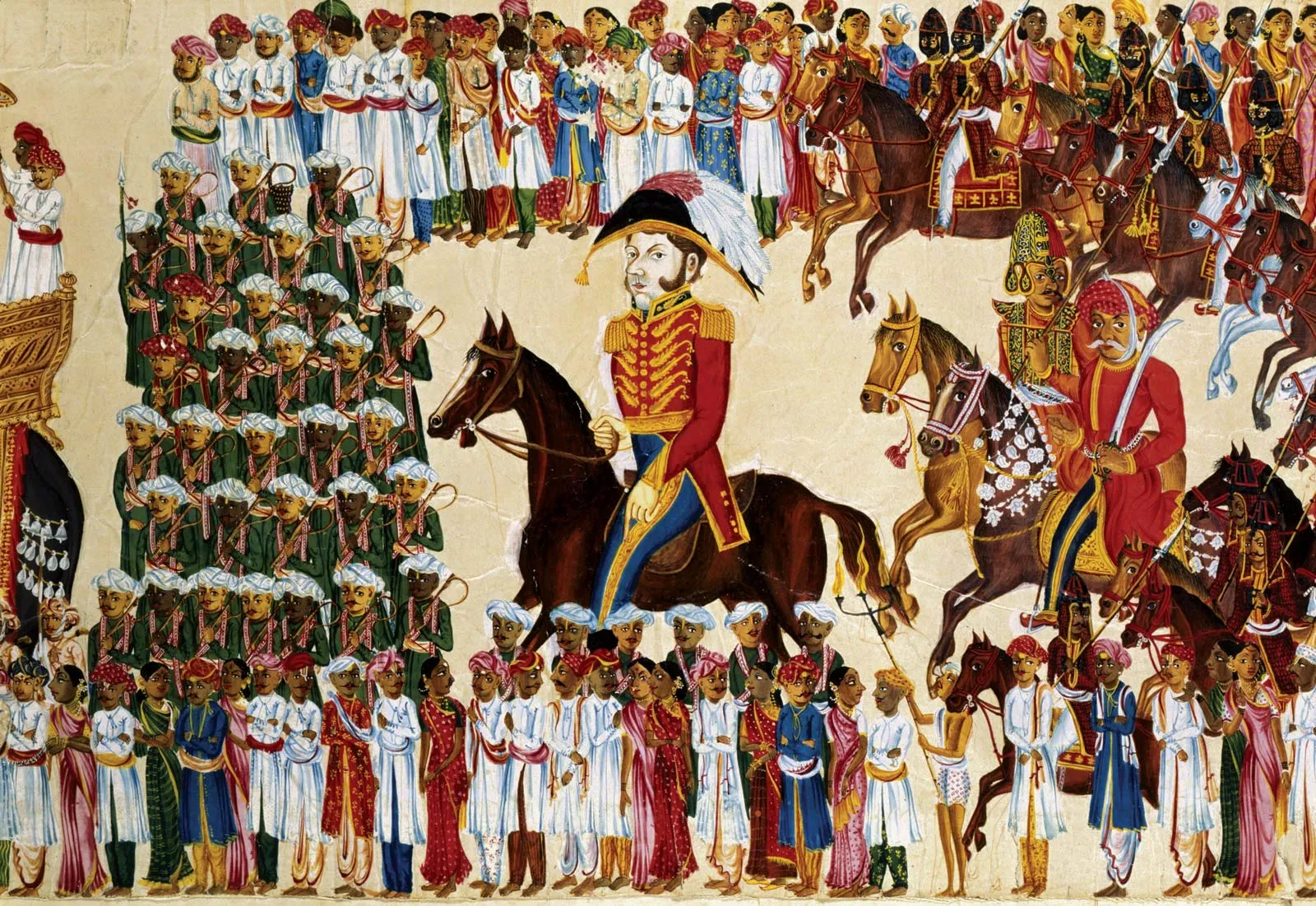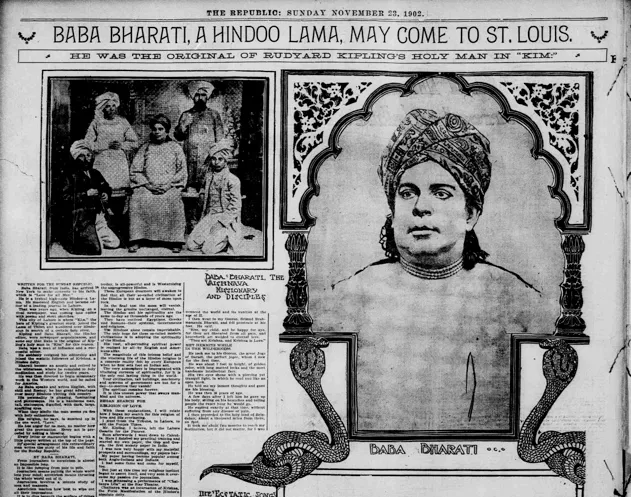Ever since the Generative Pretrained Transformer was unveiled to the world—more colloquially known as ChatGPT—the world has been taken by storm. Since then, a never-ending arms race has emerged, not just between organizations but even between entire nations. A race to create the most intelligent modeling of human language possible.
The average person, whether in India or the US, is completely unaware of how such a program even functions. ChatGPT truly feels like you are speaking to another human. I remember my fascination with such tools began in 2016 with a funny little website called Cleverbot, a program that attempted to hold conversations through text chat. It was strikingly similar to what ChatGPT debuted with—yet nowhere as advanced. It was a rudimentary algorithm, yet still a fascinating concept. Many call AI humanity’s last invention—the phenomenon of human intelligence codified into mathematics, allowing it to be spontaneously created to serve a purpose and destroyed when the requirement is fulfilled. An artificial being—perhaps our most sought-after invention.
Indian philosophers, sages, and rishis have pondered over the nature of our being for centuries—ever since the first fields were cultivated along the banks of the Indus. They questioned what makes us reflective, reasoning, and thinking creatures. More importantly, what is our purpose? If we could understand what and how we work, perhaps we might be able to figure out why we exist. And if we truly understand ourselves, then what stops us from creating someone—or something—just like us?
This is a deeply puzzling thought. If we can create another reflective, conscious, and reasoning being, does that mean we ourselves were created by someone else? Can ChatGPT or any large language model (LLM) be considered such a being?
ChatGPT is built on a mathematical model called the Transformer. In layman’s terms, it is adept at predicting the next step, or next token, in a given sequence of data. This sequence could be a genome, a number series, or even human language. Building upon the Transformer, the wizards at OpenAI created a model that accurately predicts the most likely next word in any given sequence of the English language. They christened it ChatGPT. Now worth 11 billion dollars, it signals the upcoming apocalypse of poor software engineers and white-collar jobs.
Imagine—you see your best friend walking down the road. You wave and call out his name. It’s incredibly likely that he shouts your name back, perhaps with a greeting.
This is exactly what ChatGPT does—in an incredibly simplified and frankly dumbed-down example. It simply predicts what might or could be said after a given input.
I might ask ChatGPT, “What is a star?” The most likely way anyone would respond to that question is by explaining what a star is. Now, it isn’t as simple as it sounds. The fact that AI can infer exactly what we might be asking for and give a nuanced answer proves that it understands human language so well that it doesn’t need to “know” physics in the human sense. As long as it knows incredibly well how a physics textbook might sound, it can replicate the process. It doesn’t need consciousness—it just needs patterns.
To completely understand this concept, ask yourself this question – what might a well-written article about India look like? Well, it would have an interesting introduction, perhaps a thought-provoking story, and a satisfying ending. Even if you’ve never written one yourself, you can still anticipate how a great piece might sound or feel, and how a particular certain sequences of words might create that effect. Since ChatGPT lacks the chemicals in our brain that generate emotions, it simply calculates the most probable sequence of words that would fulfill the user’s query and produce a compelling article about India.
And before you say it—no, it is definitely not conscious.
It can imitate consciousness remarkably well, but is it the fabled thinking being that proves we live in the Matrix? I don’t think so. I spent days thinking about this conundrum. As a Computer Science student, working in multiple AI research labs, I could feel what the right answer might be. But I lacked a definition. How do I define consciousness? Could it just be math? Is there a deterministic model for every phenomenon in this world? What is randomness? Does true randomness even exist? What about free will?
This is where the 8,000-year-old Vedas came to my rescue. Most treat them as stories, but they are carefully structured synonyms and symbols for concepts that are incredibly hard to wrap your head around. The Vedas are crystal clear: Apart from Aatma Tattva (Purusha), everything else is Prakriti (inanimate) and can technically be replicated or modeled.
This includes even intelligence and emotions, which are merely manifestations of Prakriti, and therefore, programmable and reproducible. In Shaktisim, the whole universe is perceived as being created, penetrated, and sustained by two fundamental forces—Shiva and Shakti. Shiva represents the constitutive elements of the universe. Shakti is the dynamic potency that makes these elements come to life and act.
Shakti stands for the immanent aspect of the Divine—the active participation in creation. And most importantly—Shiva has no power to create, manifest, or influence without Shakti.
That’s it! Shakti is the key, or rather what I’d call Desire.
Consciousness can be clearly defined as the coming together of inanimate matter and the desire/energy associated with it. Desire compels us to read a book, become a scientist, a physicist, or a doctor. It is the force of desire within us that compels us to conduct certain actions in the inanimate world. Is AI "Dead Intelligence"—Like an Unawakened Shiva? Without an innate sense of desire, no organism or system can be deemed conscious, since free will is still out of reach. Free will is a product of will and desire, which still lacks mathematical codification. And that seems to be how things will remain. The Big Bang itself is a mystery for the same reason. What caused that infinitesimal point to expand into what we know today?
Perhaps, our Indian rishis have already answered this for us. Without Shakti, Shiva—or the cosmos—would never have awakened.
A large language model, in a similar sense, simply responds to the stimuli given to it by an entity capable of free will. AI models human intelligence incredibly well. It is a far more powerful approximation of the human mind than we ever thought possible.
But even with such an accurate model of cognition, AI still lacks something we take for granted.
The ability to say, “I want.”





